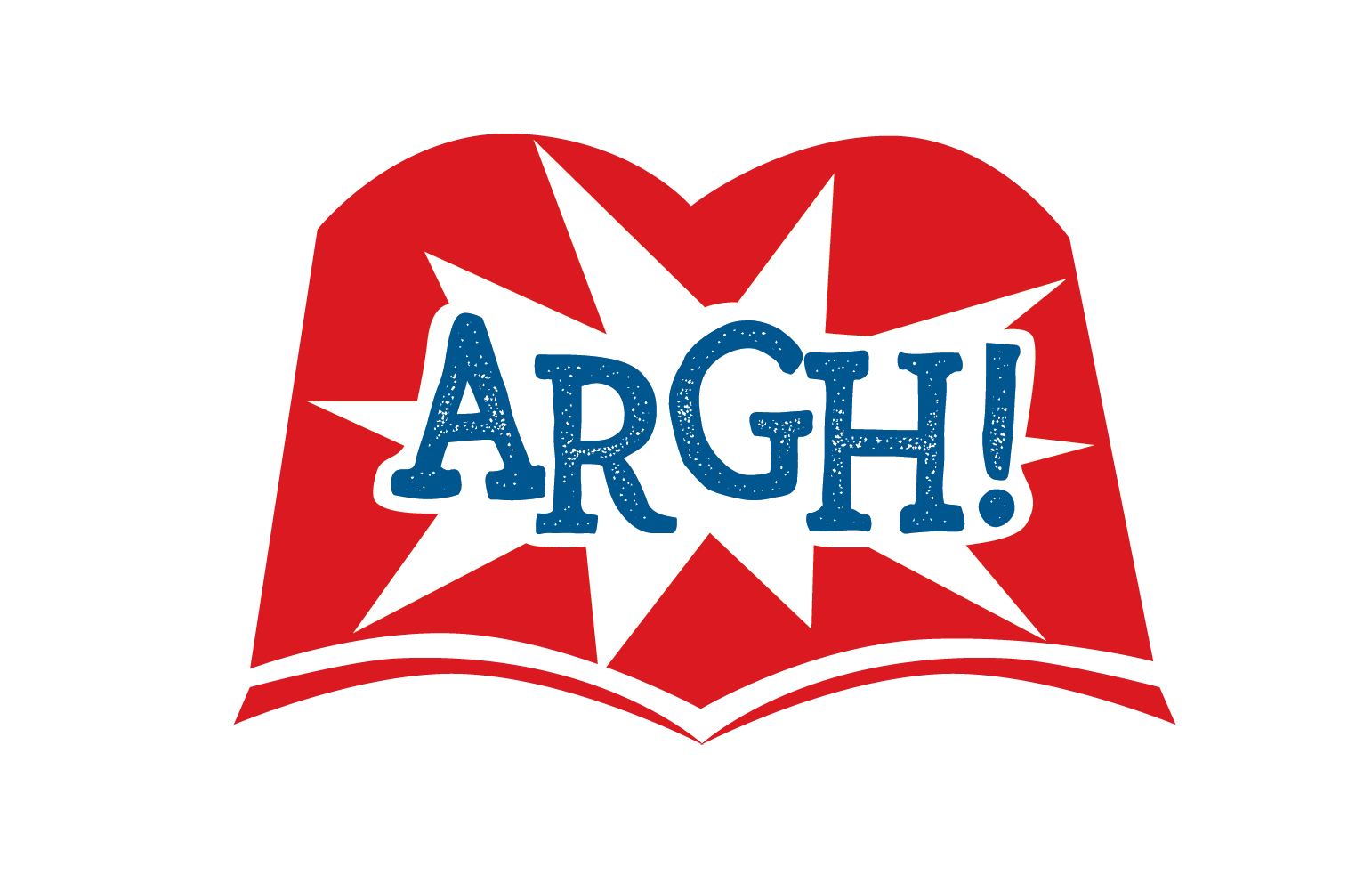
Forex Order Types: Buy & Sell Stop, Buy & Sell Limit, Market Orders
A limit order to SELL at a price above the current market price will be executed at a price equal to or more than the specific price. For example, your stop order will be activated if the stock price falls to $39 per share. However, it may not be filled instantly if no buyers are willing to pay your limit price of $40.50 per share. In this order scenario, the stop price and limit price can be the same.
When Should Traders Use a Sell Stop Order?
Select the second option “Delete order”, and the sell stop order will be cancelled from the broker’s book instantly. The moral of the story is, learn how the market works before you start setting pending orders. When you understand price action and how the big boys manipulate price, you are ahead of the game and can make better use of pending orders. A buy stop is an order that anticipates the market price rising to buy into the move upwards. All market orders then are trades which go live as soon as the broker accepts your order. You can preset your stop loss and take profit before taking the trade or do it once the trade has been placed.
Please note that a stop order is NOT guaranteed a specific execution price and in volatile and/or illiquid markets, may execute significantly away from its stop price. Stop orders may be triggered by a sharp move in price that might be temporary. If your stop order is triggered under these circumstances, your trade may exit at an undesirable price.
Entertainment
- A stop order is filled at the market price after the stop price has been hit, regardless of whether the price changes to an unfavorable position.
- Brokerage systems also provide for advanced order types that allow a trader to specify prices for buying or selling in the market.
- They may get stopped out due to a relatively small retracement in price if they set their stop price too close to the current market price.
- A buy limit order is a pending order to buy an asset at a specified lower price.
- However, they can and should evaluate market drops to determine if some action is called for.
You can set a particular price distance the market must reverse for you to be stopped out. The key differences in buy limit and sell stop orders are based on the order type. Understanding these orders requires understanding the differences in a limit order vs. a stop order. A limit order sets a specified price for an order and executes the trade at that price. Stop-loss and stop-limit orders can provide different types of protection for both long and short investors.
When you place a market order, you do not have any control over what price your market order will actually be filled at. There are some basic can you buy bitcoin with debit card on litecoin atm can you buy dogecoin stock on etrade order types that all brokers provide and some others that sound weird. Here we discuss the different types of orders that can be placed in the forex market.
Can a Stop-Loss Order Protect a Short Sale?
Otherwise, they’re trading without any protection, which could be dangerous and costly. A financial stop-loss is placed at a point where you are no longer willing to accept further financial loss. For example, let’s say you’re only willing to roll chain link galvanized risk $5 on a stock that’s currently trading at $75. That means you’ve chosen a financial stop of $5 per share (or $70 as the stop price), regardless of whatever else may be happening in the market.
For example, if you’re long and the market is moving lower, you should never lower your stop from where you originally placed it. Hopefully, you have compiled a complete trade strategy (entry, stop-loss, and take-profit) before entering the market. This way, your mind and emotions are not in play, just your strategy. A technical stop-loss is placed at a significant technical price point, such as the recent range high or low, a Fibonacci retracement level, or a specific moving average, just to name a few.
The trader’s stop-loss order gets triggered and the position is sold at $89.95 for a minor loss. Even on a support or resistance area, the price may spike against the trend before it carries on in the initial direction. But the more time you spend in the market, the more you’ll see these movements are not unusual. Price spikes trigger stop losses, taking novice retail traders out of the market.
The trader cancels their stop-loss order at $41 and puts in a stop-limit order at $47 with a limit of $45. The order becomes a live sell-limit order if the stock price staking cryptocurrency falls below $47. The order will remain unfilled until the price climbs back to $45 if the stock price falls below $45 before the order is filled. A stop-loss order limits your exposure to less of a loss than you might otherwise experience by automatically closing out your position if your stock trades to an unfavorable market price level that you designate. If you use a trailing stop with your stop-loss order, that protection can move with your position even as it increases in value. So, a loss could translate to less profit rather than a complete loss.
And you will discover best practices for where to set stop losses and profit targets. There are several reasons why traders may rely heavily on stop-limit orders, as there are a handful of strong benefits of the order. Make sure you fully understand and are comfortable with your broker’s order entry system before executing a trade. OTO orders are often used for entering trades and setting up subsequent actions based on the initial trade’s outcome. They are linked orders that become active based on specific conditions being met.
What Is an Example of a Stop-Limit Order Used for a Short Position?
A stop-limit order is a conditional trade over a set time frame that combines the features of stop with those of a limit order and is used to mitigate risk. Please note that a market order is an instruction to execute your order at ANY price available in the market. A market order is NOT guaranteed a specific execution price and may execute at an undesirable price. If you would like greater control over the execution prices you receive, submit your order using a limit order, which is an instruction to execute your order at or better than the specified limit price.
Many investors will cancel their limit orders if the stock price falls below the limit price because they placed them solely to limit their loss when the price was dropping. They missed their chance to get out so they’ll simply wait for the price to go back up. They may not wish to sell at that limit price at that point in case the stock continues to rise. A trader buys 100 shares of XYZ Company for $100 and sets a stop-loss order at $90.
